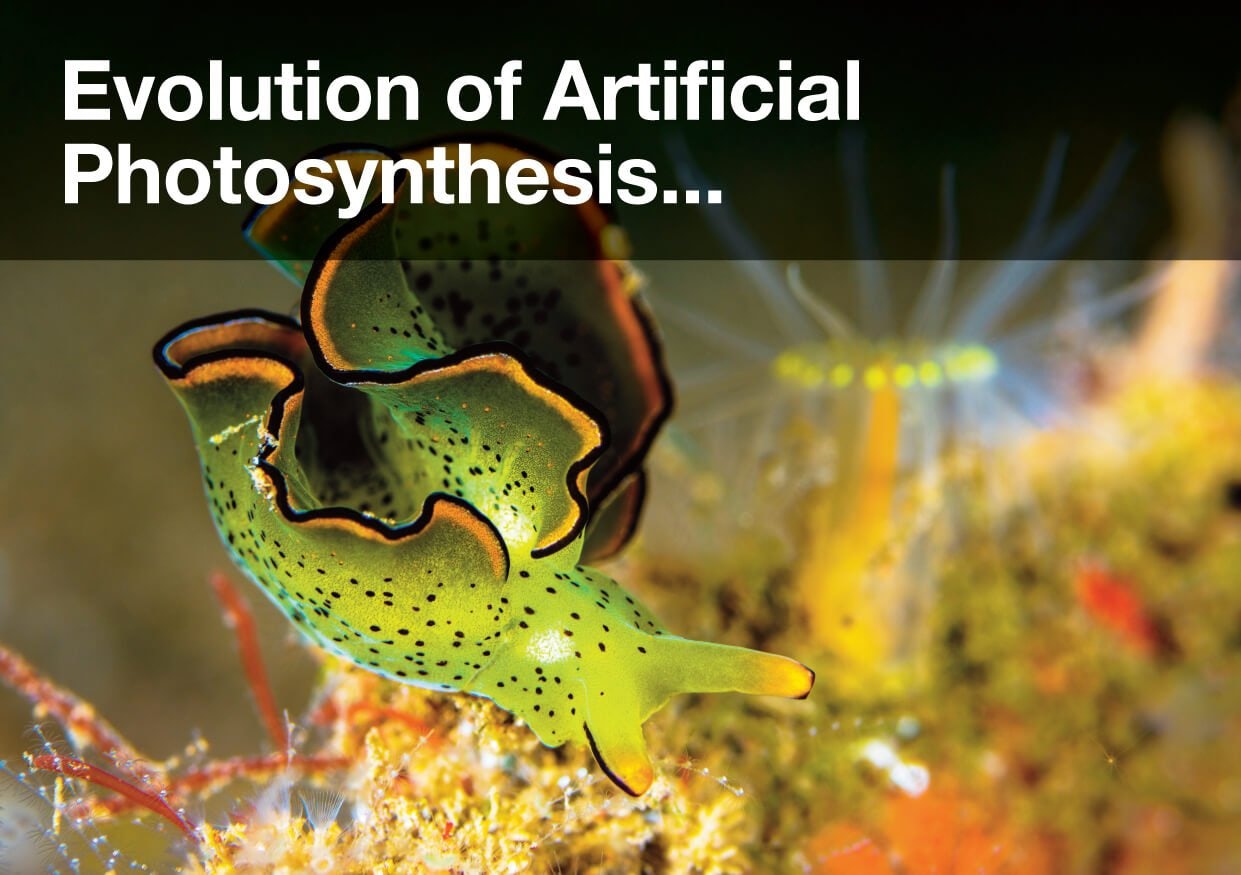Evolution of Artificial Photosynthesis and Subsequent Applications
One of perhaps the most captivating and intensive research topics currently being pursued are the efforts toward achieving artificial photosynthesis.
For a variety of reasons artificial photosynthesis has been at the forefront of scientific study since the early 20th century, and recently there has been a remarkable breakthrough at Rutgers University New Brunswick in New Jersey in partnership with other organisations.
The discovery originates from the sea slug, a type of mollusc that can be found in Novascotia, Canada, Massachusetts and Florida. These slugs have been studied to consume a type of non-toxic brown alga, including their millions of plastids which function similarly to very small solar panels. As a consequence, these slugs store the plastids in their gut lining, becoming fully photosynthetic and behaving similarly to a plant.
The discovery is transferable to the field of artificial photosynthesis in terms of understanding how the slugs can maintain isolated plastids to fix carbon without the plant nucleus. Using the same methods, scientists could then replicate the conditions to harness isolated plastids, which is a significant development compared to the previous belief that the photosynthetic organelle has to be run by a plant or an alga.
Similarly, a breakthrough at the McGill University in Montreal has shown that a device that helps photosynthesis be twice as efficient can enable breaking apart salt and freshwater, producing hydrogen that can be used in clean fuel cells. Apart from this, it can also be reconfigured to convert carbon dioxide into fuel.
Reinventing how the cleanest-burning fuel is developed is a great advance, as until now this has been counteracted by methods of production, which have involved electrical power or natural gas. On the contrary, this device only uses light from the sun and water. According to Zetian Mi, who is leading the research efforts, the device has a 3% solar-to-hydrogen efficiency, an improvement to the previously reached 1%.
Mi explains why this improvement is important: “Although the 3 percent efficiency might seem low when put in the context of the 40 years of research on this process, it’s actually a big breakthrough. Natural photosynthesis, depending on how you calculate it, has an efficiency of about 0.6 percent.”
Two discoveries of this scale within such a small timeframe shows considerable progress in research of artificial photosynthesis and the importance of its continuation. We expect these breakthroughs to create more interest within this field and look forward to seeing the benefits that artificial photosynthesis will have in practise.
